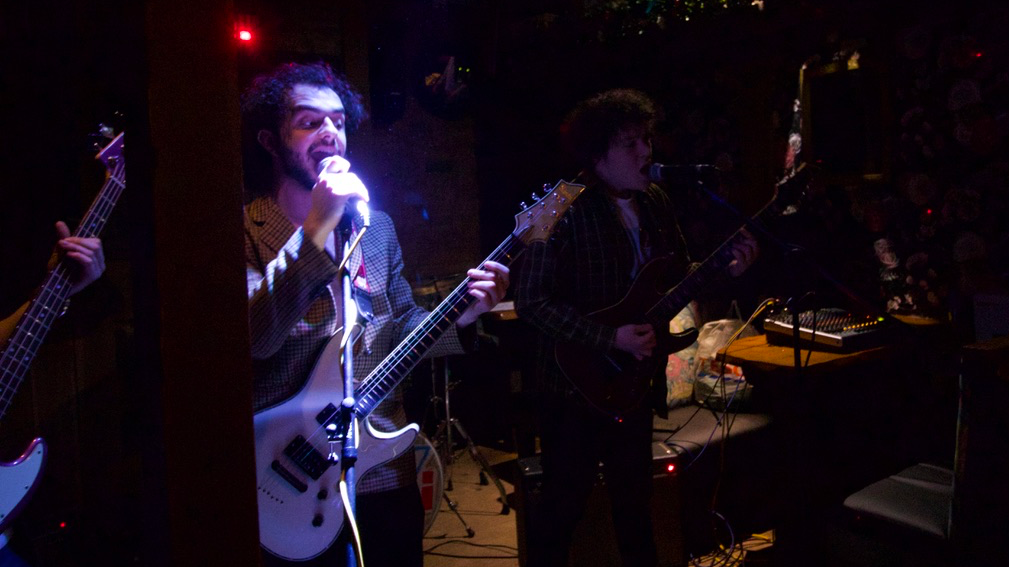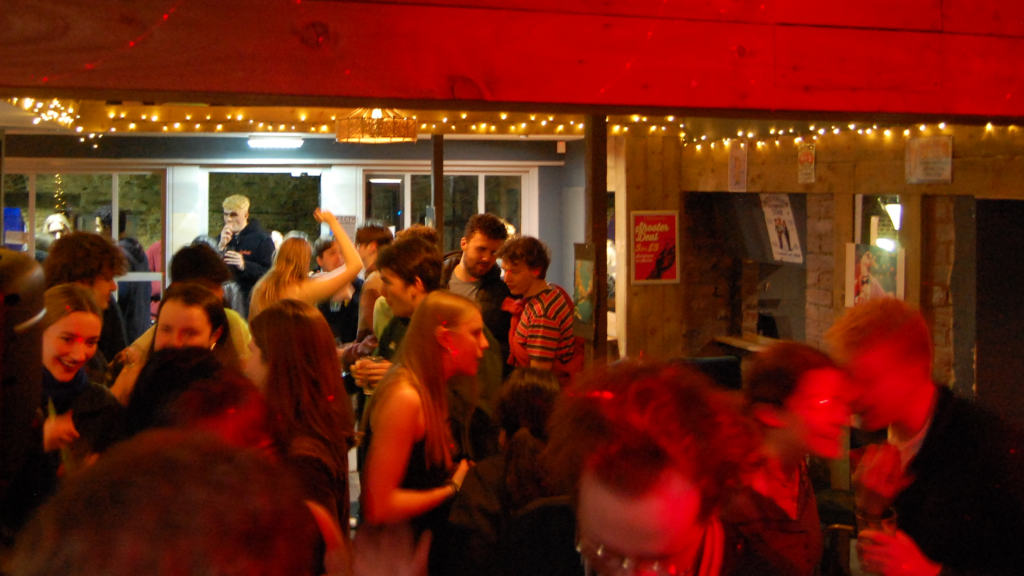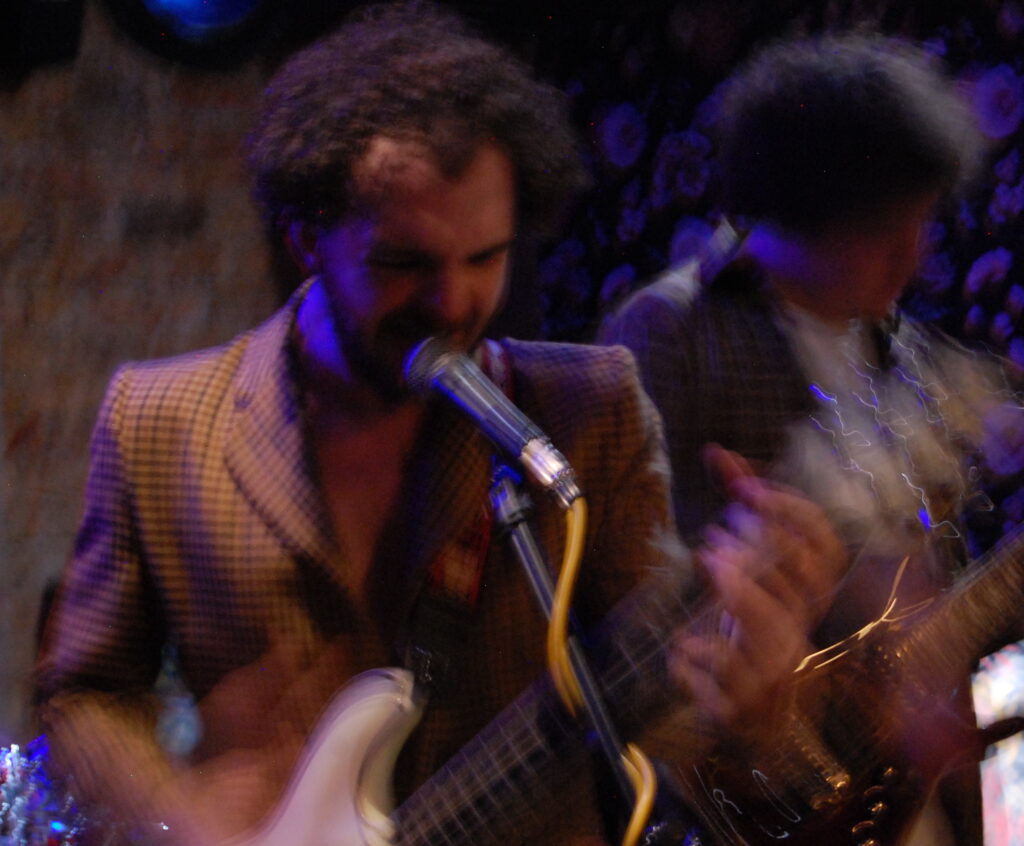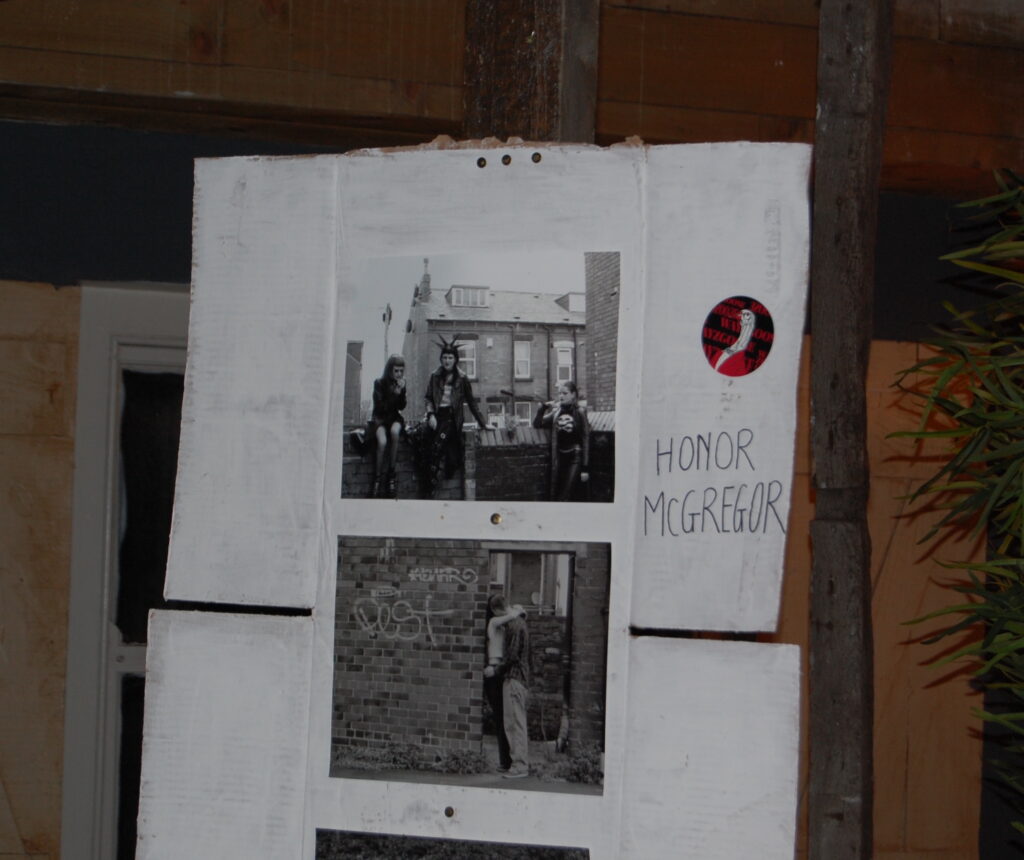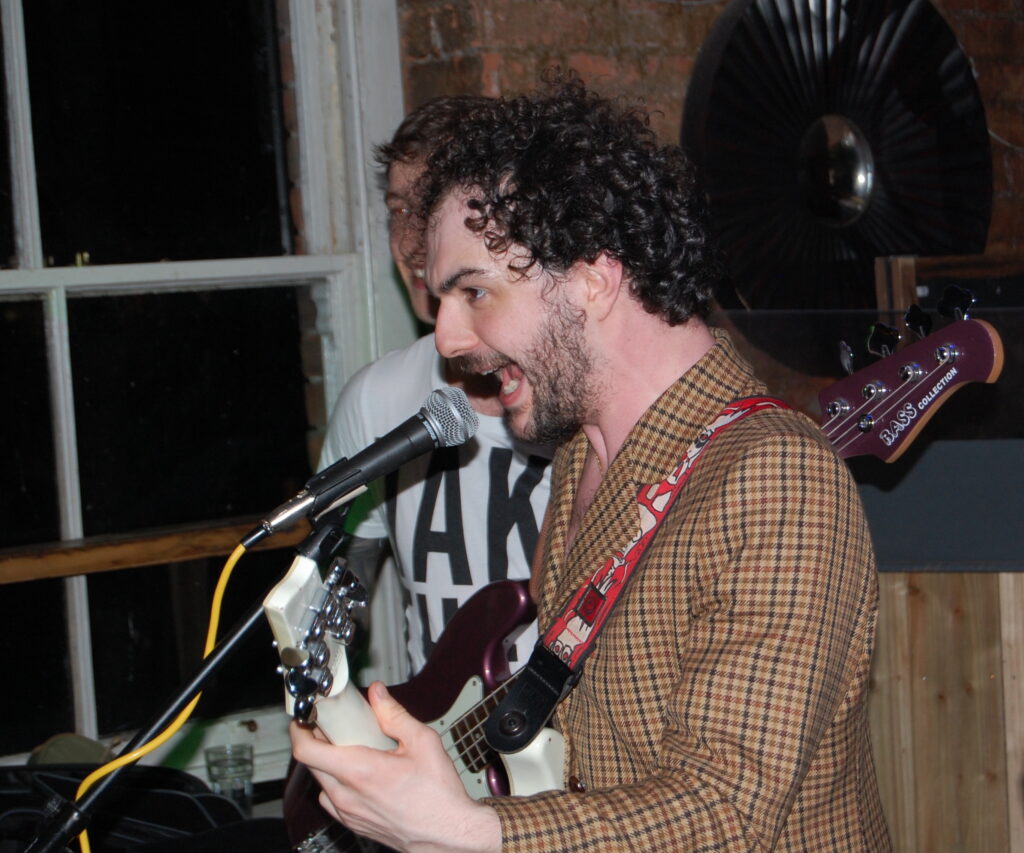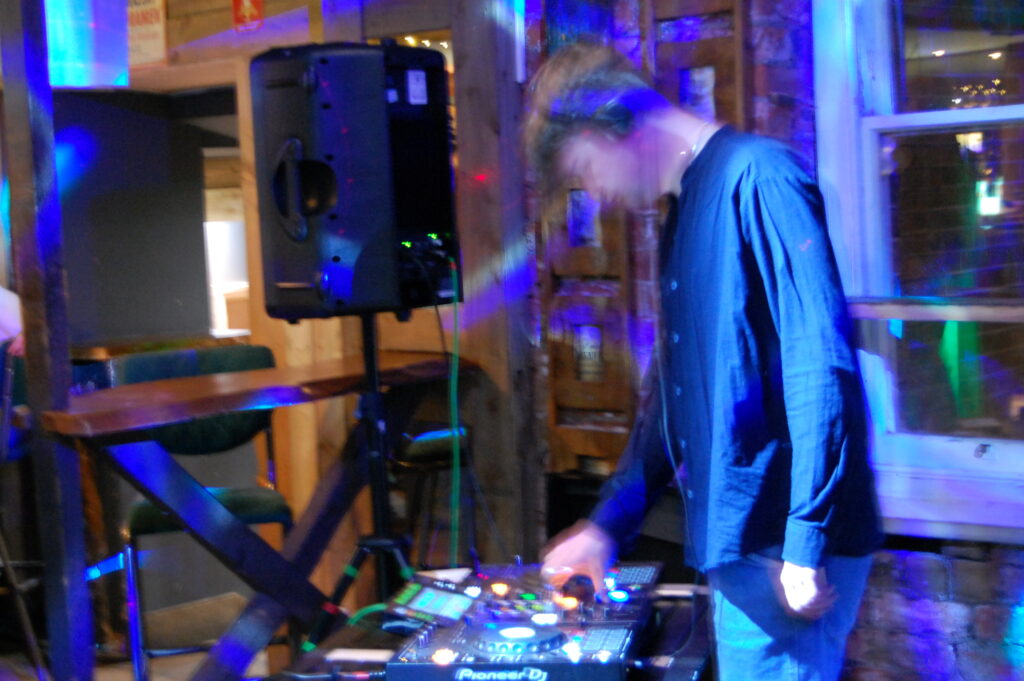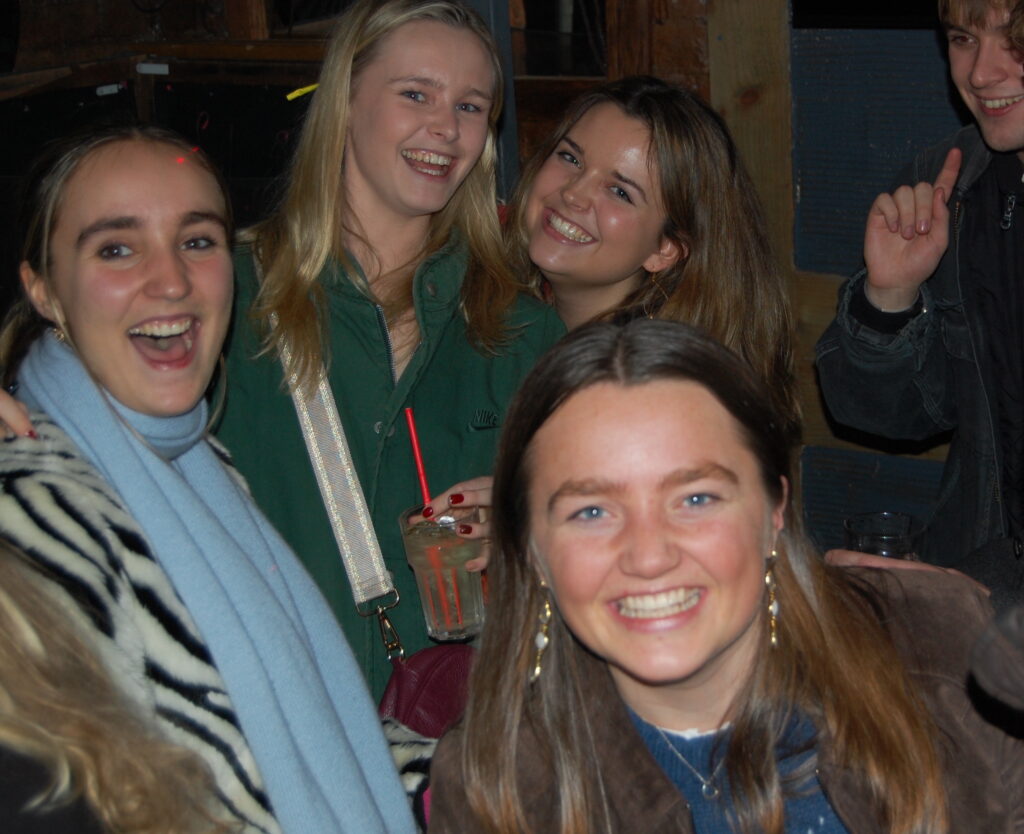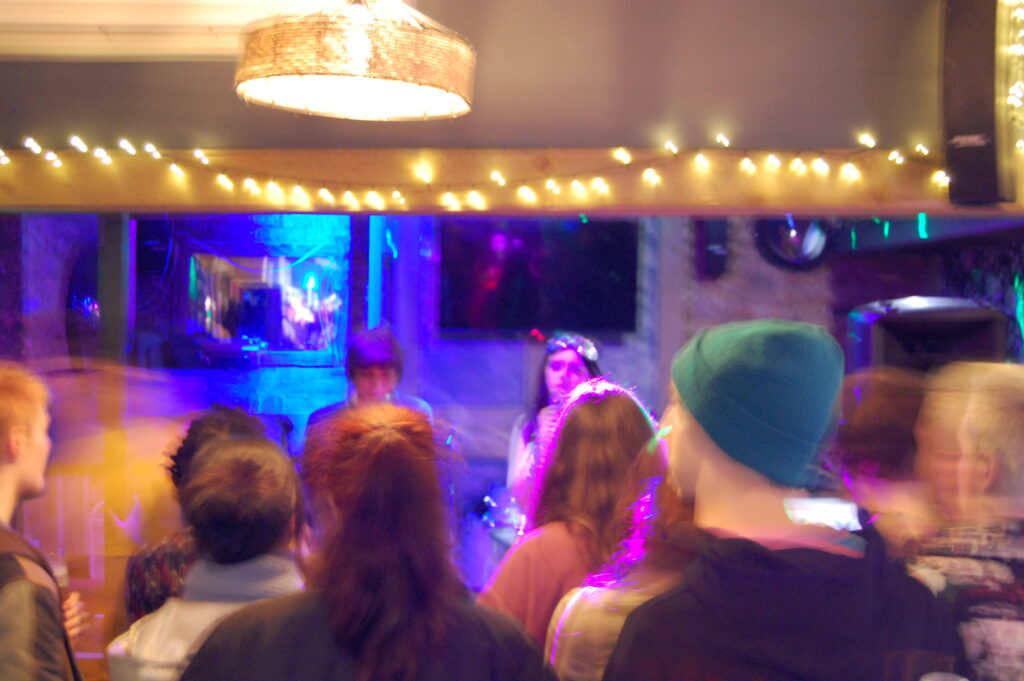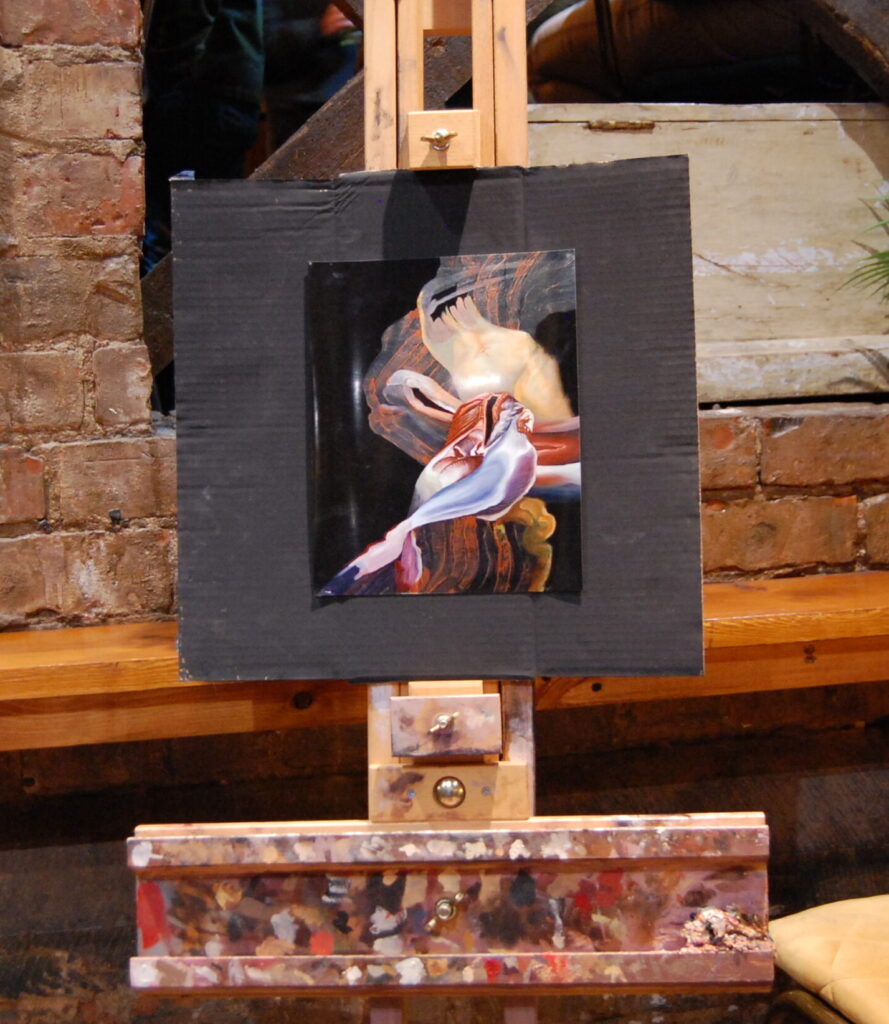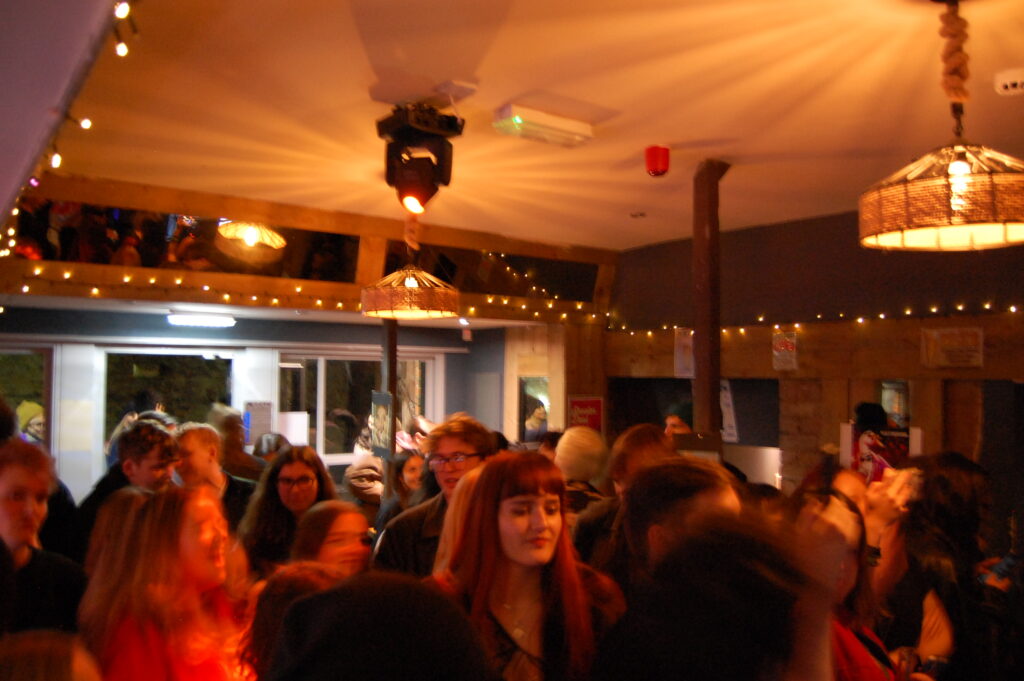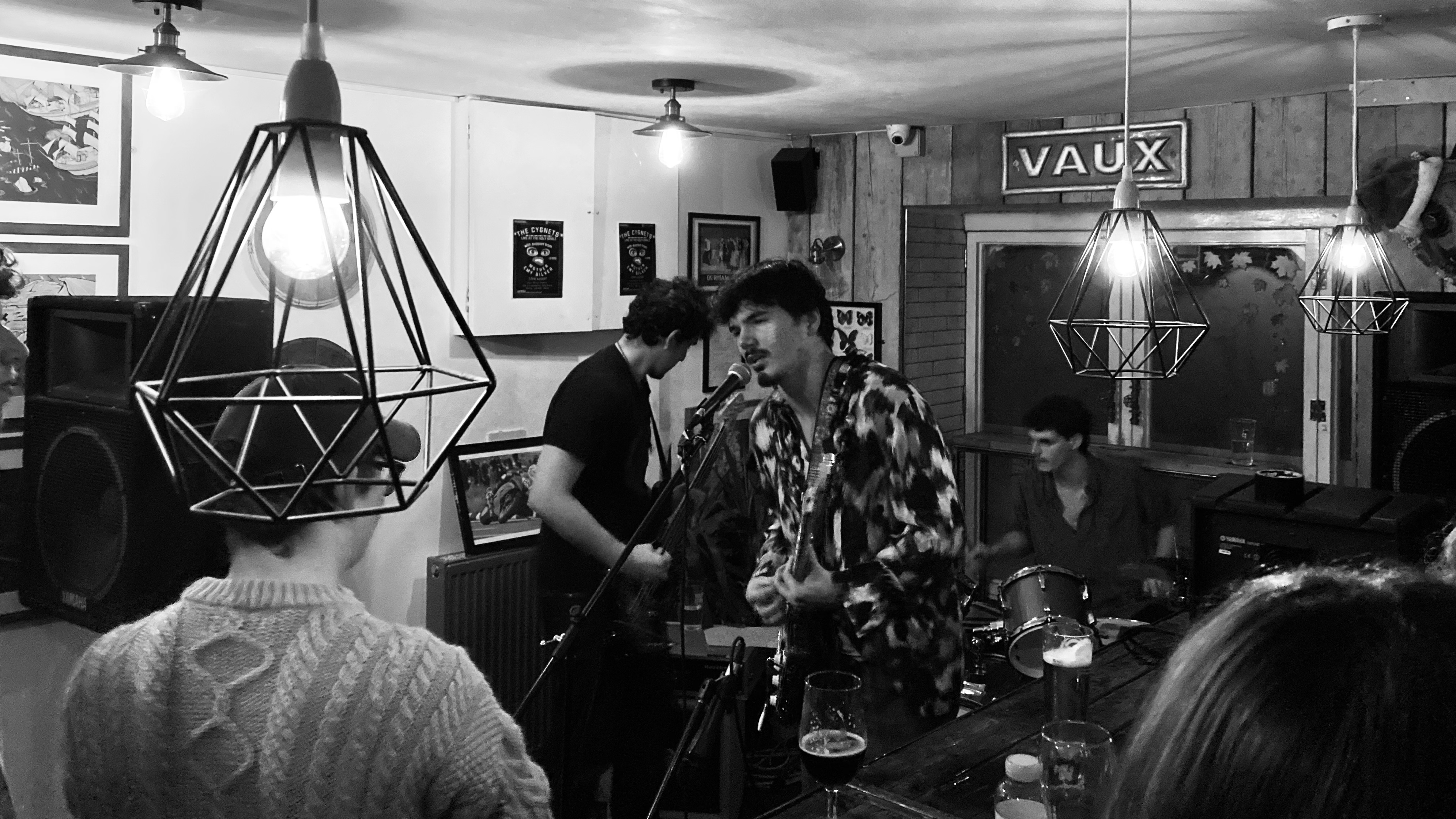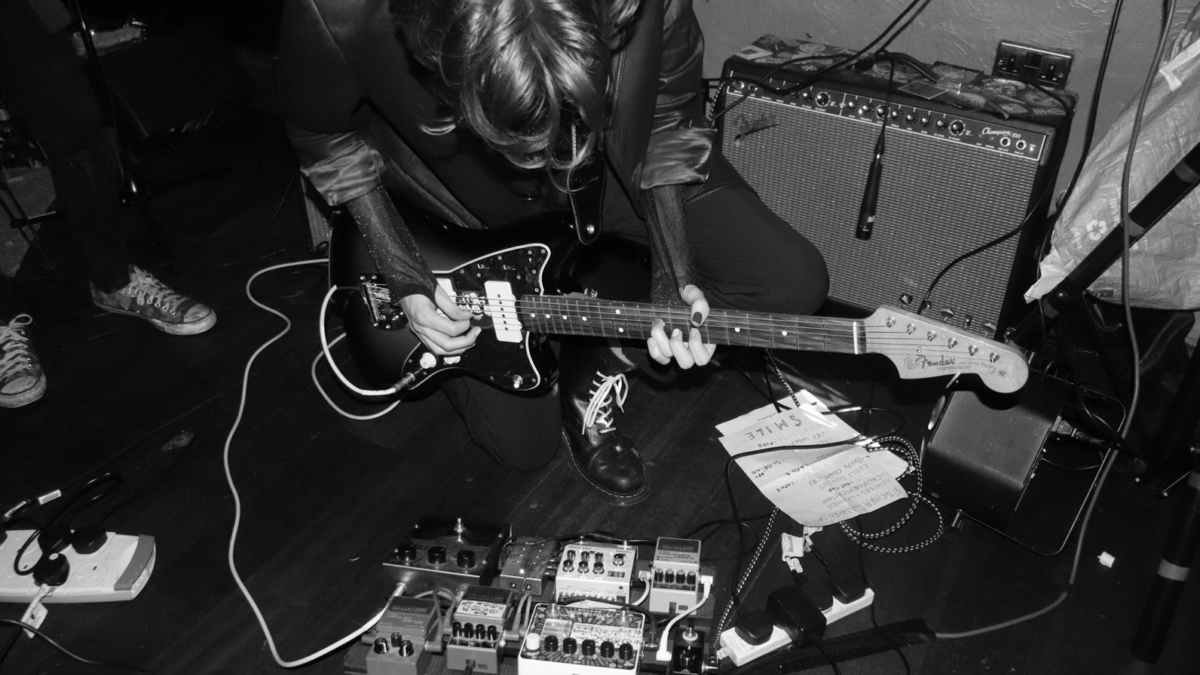By Ed Osborne.
I asked Lord Emu about their new album at their last gig on Sunday 29th January. They told me it wasn’t finished, and they didn’t know when it would be ready to be released, but two days later, on the 31st, it was out on Bandcamp.
Either their producer pulled an all-nighter, or the band were being sneaky and deliberately playing down the hype. Whichever it was, I don’t mind – I’m just happy to be able to listen. The Rocking Horse Sessions is a collection of demos recorded live at the (sadly soon to be demolished) Rocking Horse rehearsal rooms, and – so they tell me – a precursor to a full studio album. You might have heard a few of these 8 songs if you attended our collaborative event with DH1 Records, which the 4-piece headlined. In my write-up of that night I praised the chemistry and showmanship of their live set, and this album reiterates why they are some of the most entertaining performers in Durham.
In recording all 8 songs live and releasing them without any fanfare or social media marketing, Lord Emu have played to their strengths as a popular live band amongst Durham’s music scene, whilst managing to avoid layering the songs with too many studio effects that might have spoiled their magic. Despite the straightforward instrumentation (guitar, bass, drums, and the occasional piano) and the recording equipment used, The Rocking Horse Sessions sounds professional – every instrument has its place within the song, the mixing is beautifully clear, without the crowding of endless overdubbed guitars, and the backing vocals add another layer without ever becoming cliché. And that is without even talking about the songs themselves.
Every riff, every chord, every hit of the drums, is relentlessly in-time, something incredibly hard to do when recording entirely live. There’s no doubt that a good deal of the songs’ cohesiveness is down to Luke Pocock’s drumming; I can’t imagine the hours of rehearsal it took to get everything sounding so tight. Despite this, each title is followed by ‘(live demo)’, as if Lord Emu are modestly understating what they’ve accomplished on this album; songs like ‘More than a Meditation’ don’t sound like a live demo, they sound like something you’d hear on rock radio or a festival stage. The song is my personal favourite from the album, with an earworm guitar riff that hasn’t left my head for weeks. After the halfway mark, the band switch from a catchy alternative rock song to a fast-paced heavier instrumental, which revolves around George Brown’s virtuoso guitar riffs. I think it would’ve been more interesting to see them build off the existing motif, but when the song still sounds this good I can’t really complain.
George Brown’s valuable presence is felt on the rest of the album too; as well as intricate solos, his keyboard playing adds another dimension to the band which lets them explore even more genres. The recordings have also shone a spotlight on vocalist/guitarist Dillon Blevins’ unique voice, which is sometimes hard to hear amidst the distorted guitars and furious drumming of their live sets. Their vocals on glam-inspired tracks like ‘The Glass People’ and ‘Afraid To Go Home’ have traces of David Bowie’s early melodramatic inflection, and can shift to a tuneful and powerful falsetto at any moment. Elsewhere, on the album’s heavier punk songs, his voice has a raspy, full-bodied quality which matches the rest of the band’s energy – ‘The Scoundrel Express’ and ‘In Your Corner’ sound just as frenetic here as they do live.
Despite the overall strength of the album, Lord Emu saved the best till last. ‘Uninspired’ is a 7-minute amalgamation of genres, beginning as a riff-heavy metal song before switching to a more contemplative bridge that builds into another excellent guitar solo – a transition that reminds me of ‘Free Bird’. As the solo gets more chaotic the drums shift to match it, and eventually all instruments give way to a melancholy piano and a power-ballad final chorus where Dillon gives one of his best vocal performances, lamenting the difficulties that come with creativity. I wish I was as ‘uninspired’ as this.
Lord Emu’s debut album veers unpredictably (in a good way!) between any and every subgenre of rock like the most erratic rocking horse you’ll ever sit on, and gives no indications of where any song could go next. It’s incredibly fun to listen to, and I’m sure it was just as fun for Lord Emu to make. Also, it’s available on Bandcamp for as little as £2, all of which will help the band turn these songs into a studio album, so why not buy it? Definitely a better way to spend your money, rather than wasting it in Jimmys.
Instagram: @lordemuband
Bandcamp: The Rocking Horse Sessions (Live) | Lord Emu (bandcamp.com)

